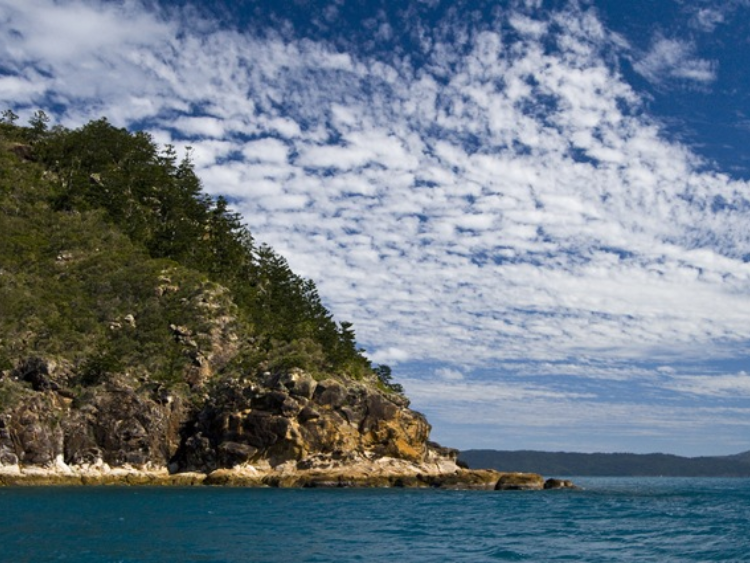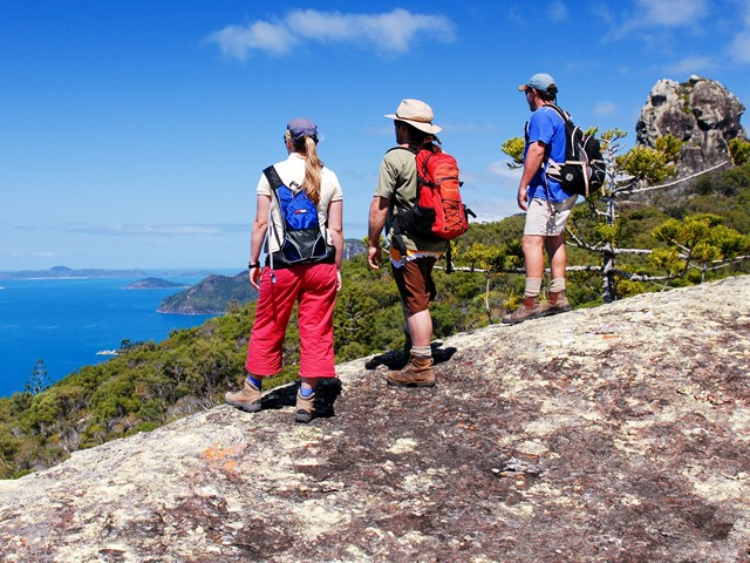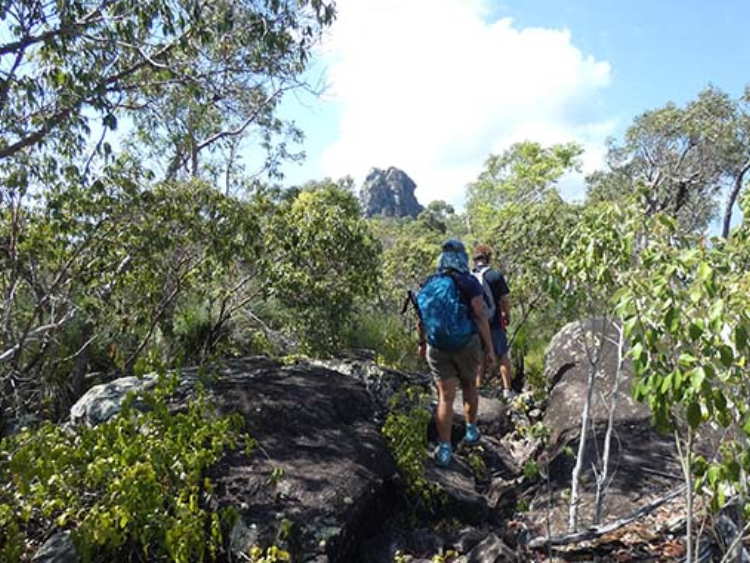
The Whitsunday Islands are located in Queensland, Australia. They are situated in the heart of the Great Barrier Reef, off the coast of central Queensland. The islands are known for their stunning white sandy beaches, crystal-clear waters, and vibrant marine life, making them a popular destination for tourists and travelers seeking a tropical paradise experience.


The Whitsunday Islands have been known for quite some time, but they gained significant recognition as a tourist destination in the mid-20th century. However, they have been inhabited by Indigenous peoples, such as the Ngaro people, for thousands of years prior to European discovery. Captain James Cook sailed through the area in 1770, but the islands didn't receive the name "Whitsunday" until he passed through on Whit Sunday, the seventh Sunday after Easter, in his travels.

The Whitsunday Islands were not "invented" by any individual; rather, they are a natural formation. They were formed over millions of years through geological processes, such as the subsidence of land and the accumulation of coral reefs. The islands are part of the Great Barrier Reef Marine Park and are governed by various regulations to protect their natural beauty and ecological significance. While there were certainly explorers and navigators who first encountered and named these islands, they were not "invented" in the same sense that a human-made object or concept might be.


The Whitsunday Islands were named by the famous British explorer Captain James Cook during his voyage along the eastern coast of Australia in 1770. He arrived in the area on Whit Sunday, which is the seventh Sunday after Easter in the Christian liturgical calendar. Cook named the islands after this significant day. The name "Whitsunday" itself originates from "White Sunday," a term used to describe the day when newly baptized Christians would wear white garments as a symbol of purity and renewal.





While the Whitsunday Islands are perhaps best known for their stunning beaches and coral reefs, they also offer opportunities for hiking enthusiasts to explore their natural beauty and diverse ecosystems. Here are a few reasons why the Whitsunday Islands are great for hiking lovers:
1. Scenic Trails: The islands feature a network of hiking trails that wind through lush rainforests, offering hikers the chance to immerse themselves in pristine natural surroundings. These trails often lead to lookout points with breathtaking views of the surrounding ocean, beaches, and islands.
2. Diverse Terrain: Hiking in the Whitsundays allows you to experience a variety of terrain, from dense rainforests to rocky cliffs and sandy beaches. This diversity provides hikers with a range of landscapes to explore and enjoy.
3. Wildlife Viewing: Hiking trails in the Whitsundays provide opportunities to encounter native wildlife, including birds, butterflies, lizards, and possibly even marsupials like wallabies. Birdwatchers, in particular, will appreciate the chance to spot a variety of colorful avian species in their natural habitat.
4. Remote and Serene: While the Whitsunday Islands are a popular tourist destination, many of the hiking trails offer opportunities to escape the crowds and experience solitude in nature. Hikers can often find secluded beaches and peaceful spots along the trails to relax and enjoy the tranquility of the islands.
5. Adventure Activities: Some hiking trails on the Whitsunday Islands lead to adventure activities such as rock climbing, cliff jumping, or exploring hidden caves and gorges. These activities can add an extra element of excitement and challenge to your hiking adventure.
Overall, the Whitsunday Islands offer a unique combination of natural beauty, diverse terrain, and adventure opportunities that make them a fantastic destination for hiking enthusiasts looking to explore and experience the great outdoors.








Hiking in the Whitsunday Islands can be enjoyable throughout the year, but there are factors to consider for the best experience depending on the season:
1. Weather: The Whitsundays experience a tropical climate, characterized by warm temperatures year-round. However, the region has distinct wet and dry seasons. The dry season, typically from May to October, offers cooler temperatures and lower humidity, making it more comfortable for hiking. The wet season, from November to April, brings higher temperatures, humidity, and the possibility of heavy rainfall and cyclones, which can impact hiking conditions.
2. Crowds: The peak tourist season in the Whitsundays is during the dry season, especially from June to August. During this time, hiking trails and accommodation may be more crowded, particularly in popular tourist spots. If you prefer quieter trails and less crowded beaches, consider visiting during the shoulder seasons (April-May and September-October).
3. Wildlife: The Whitsunday Islands are home to a diverse range of wildlife, including insects, reptiles, and marine creatures. Some species, such as jellyfish and stinging insects, are more prevalent during certain times of the year. Be aware of any seasonal wildlife considerations and take appropriate precautions, such as wearing insect repellent and protective clothing.
4. Tides and Conditions: When planning hikes that involve beach access or coastal walks, be mindful of tidal conditions. Some trails may be impassable at high tide or during rough weather. Check local tide charts and weather forecasts before setting out on your hike, and always follow safety recommendations from local authorities.
Overall, while hiking in the Whitsunday Islands can be enjoyable year-round, the dry season generally offers the most favorable conditions for hiking, with cooler temperatures, lower humidity, and less rainfall. However, with proper preparation and consideration of seasonal factors, hiking can be a rewarding experience in any season.